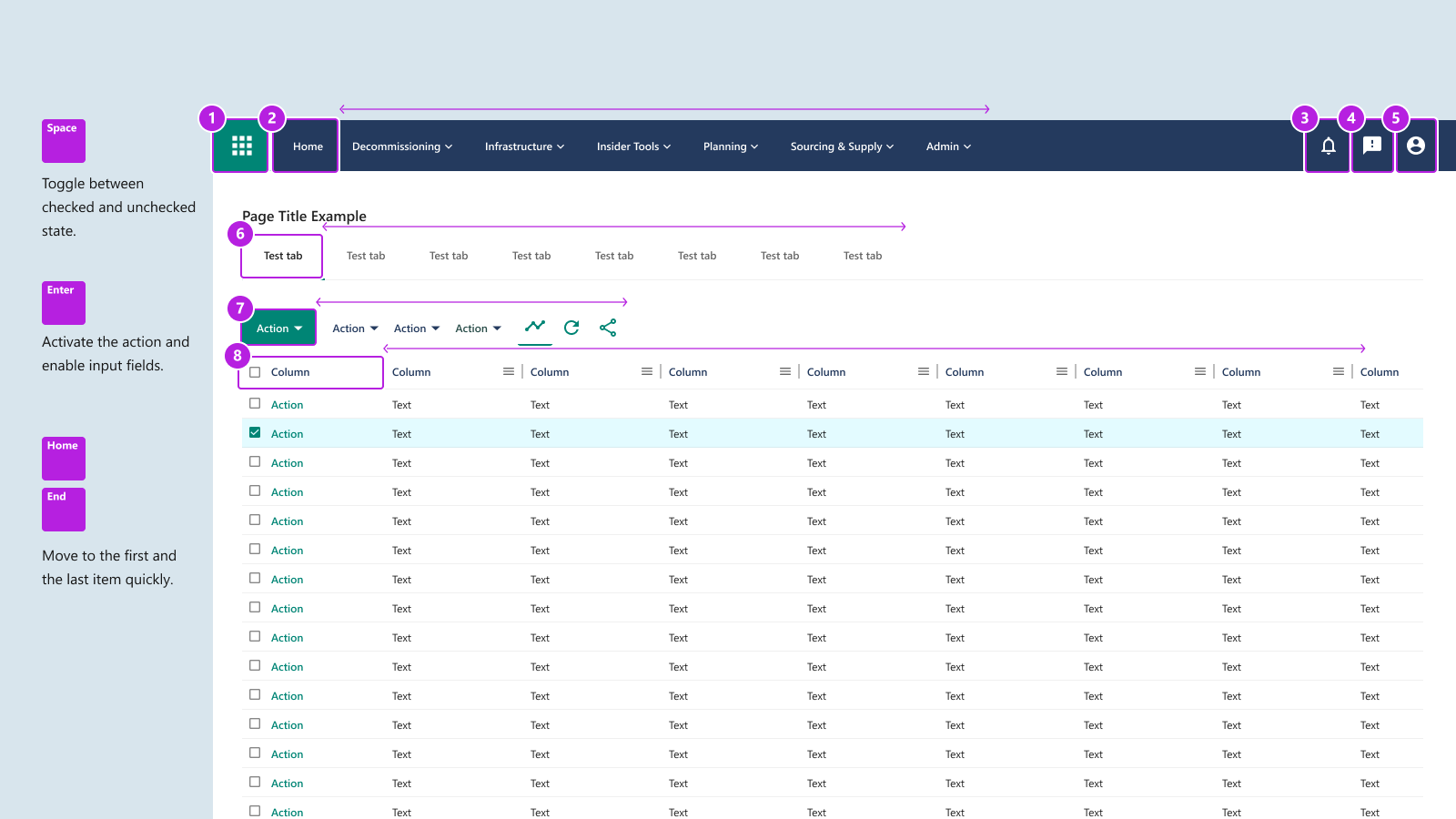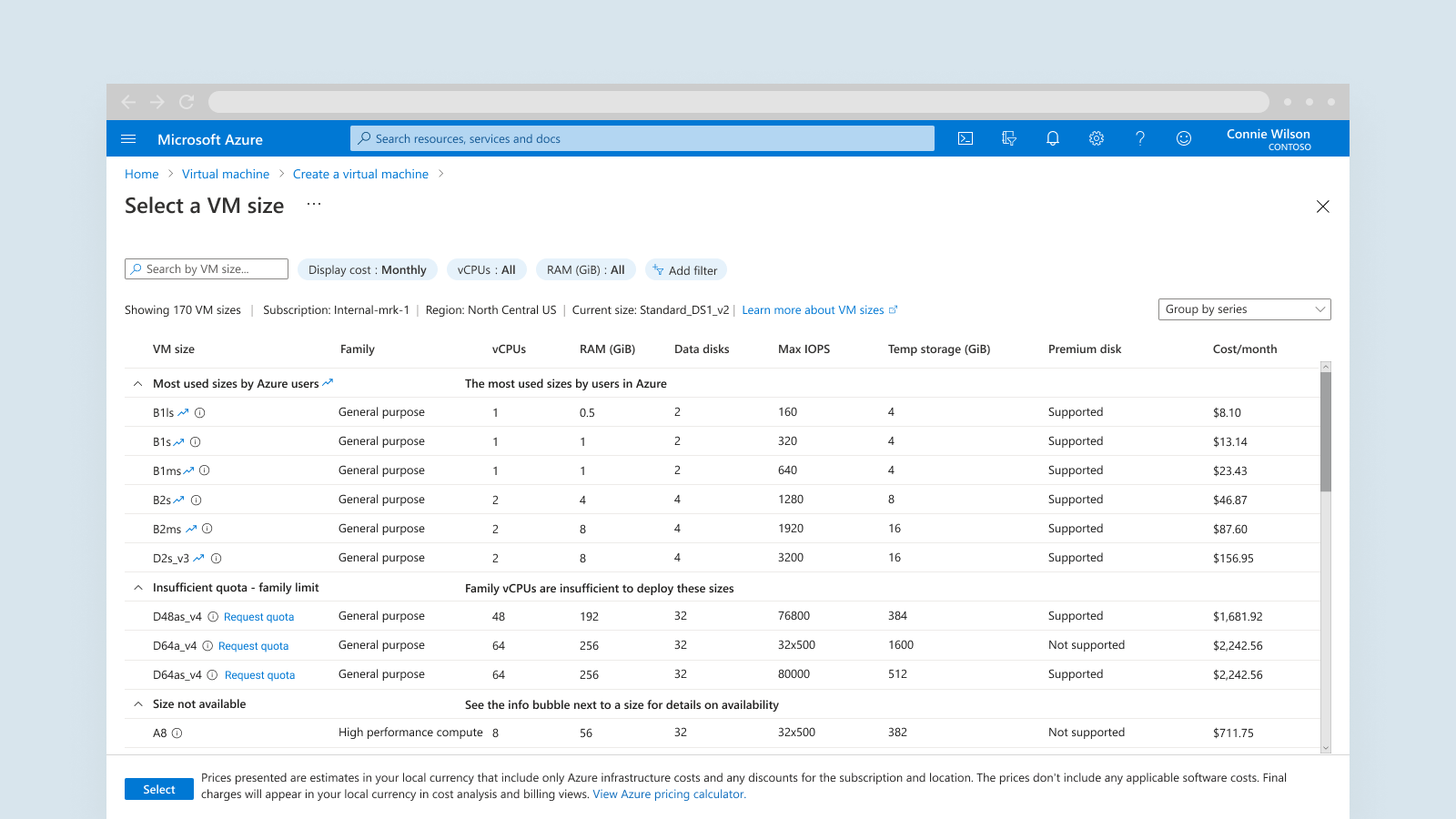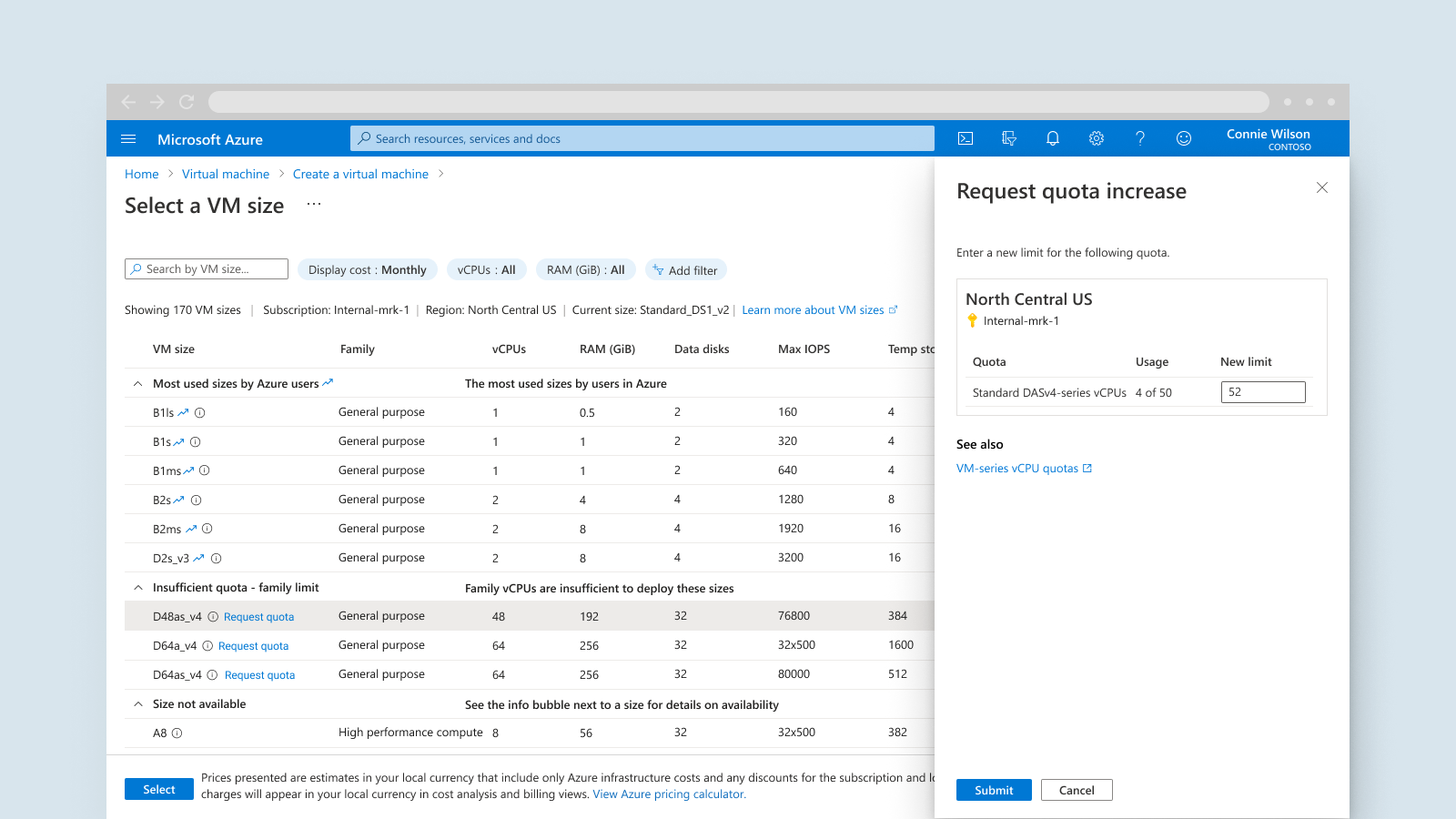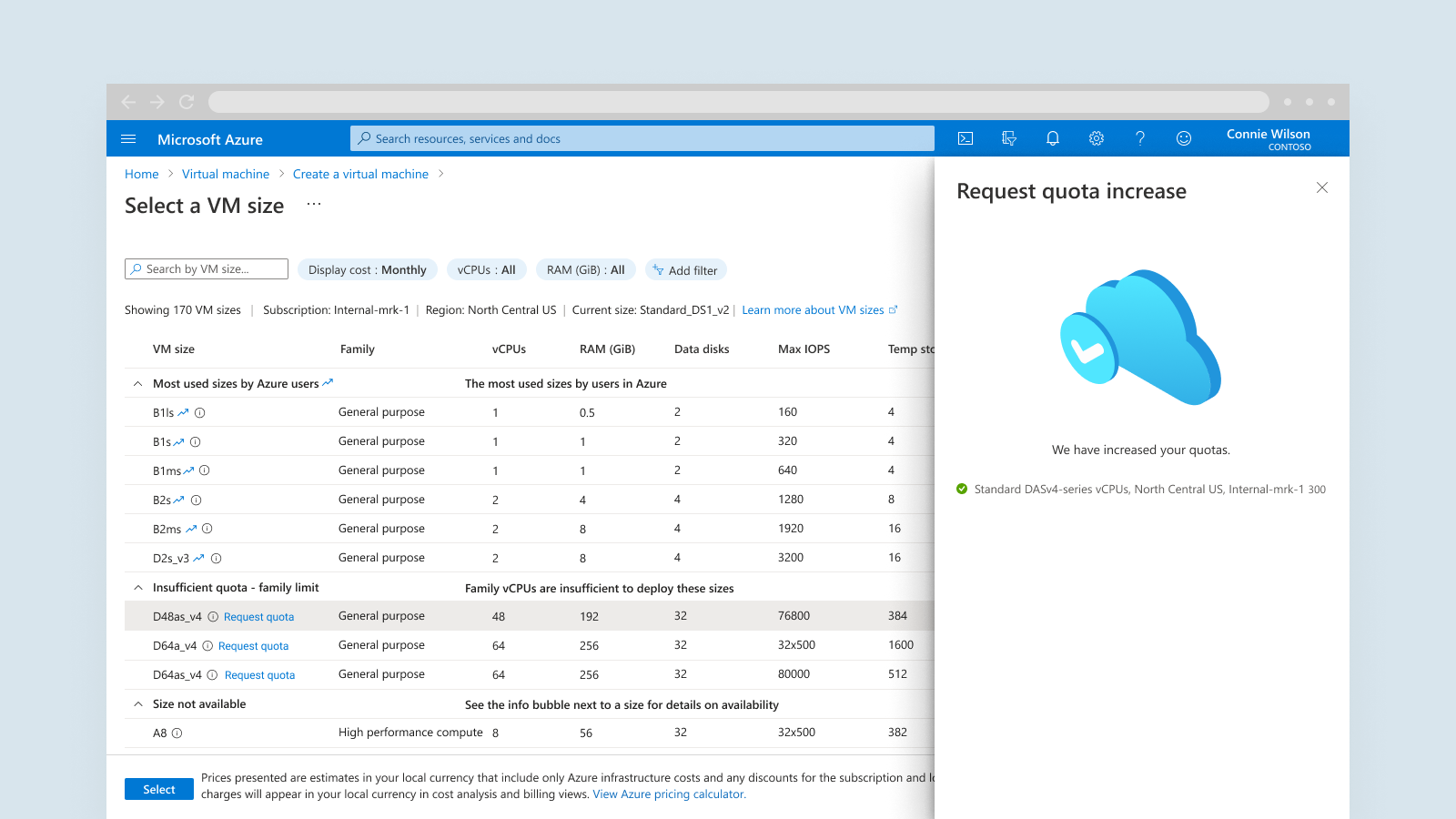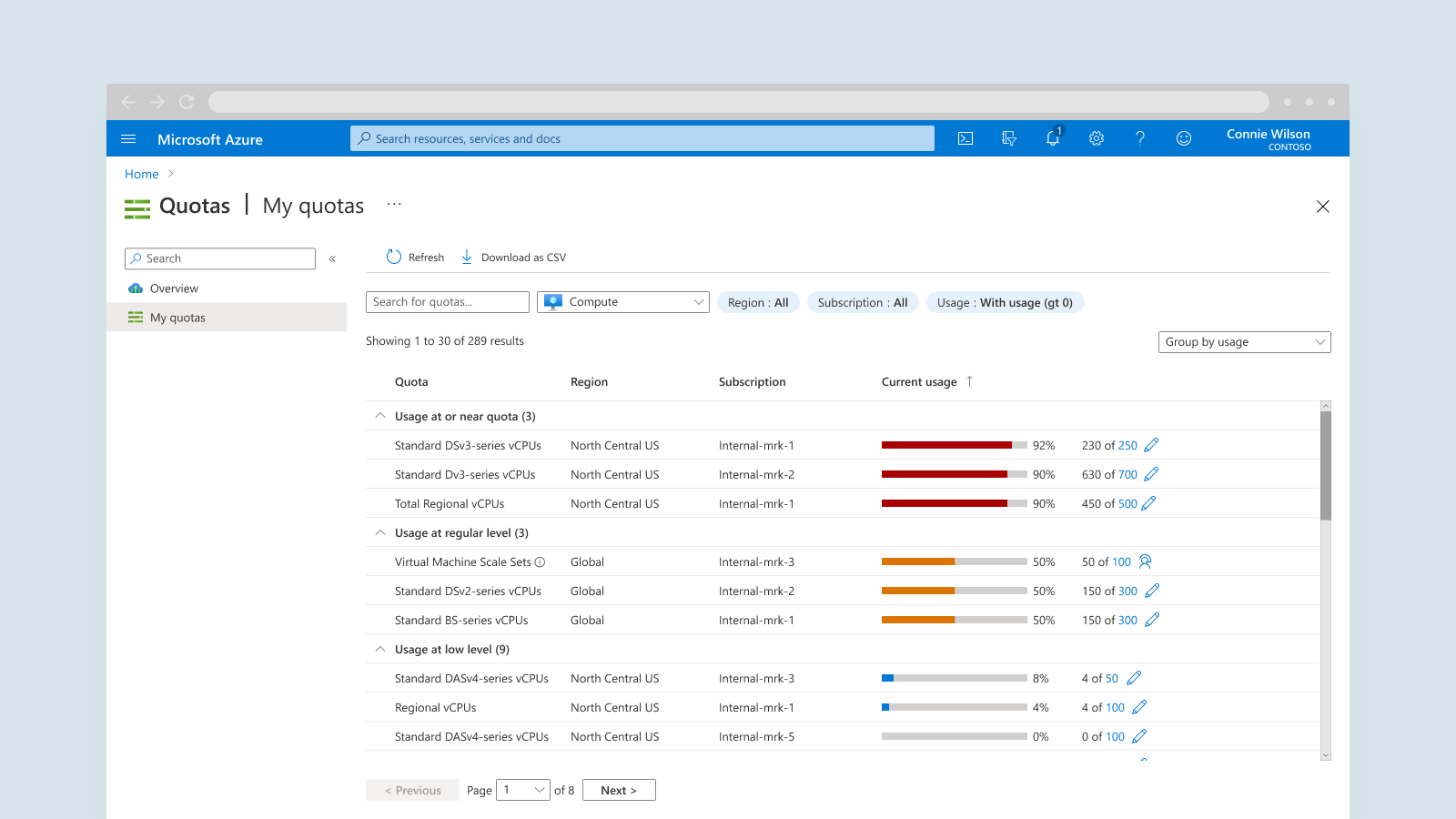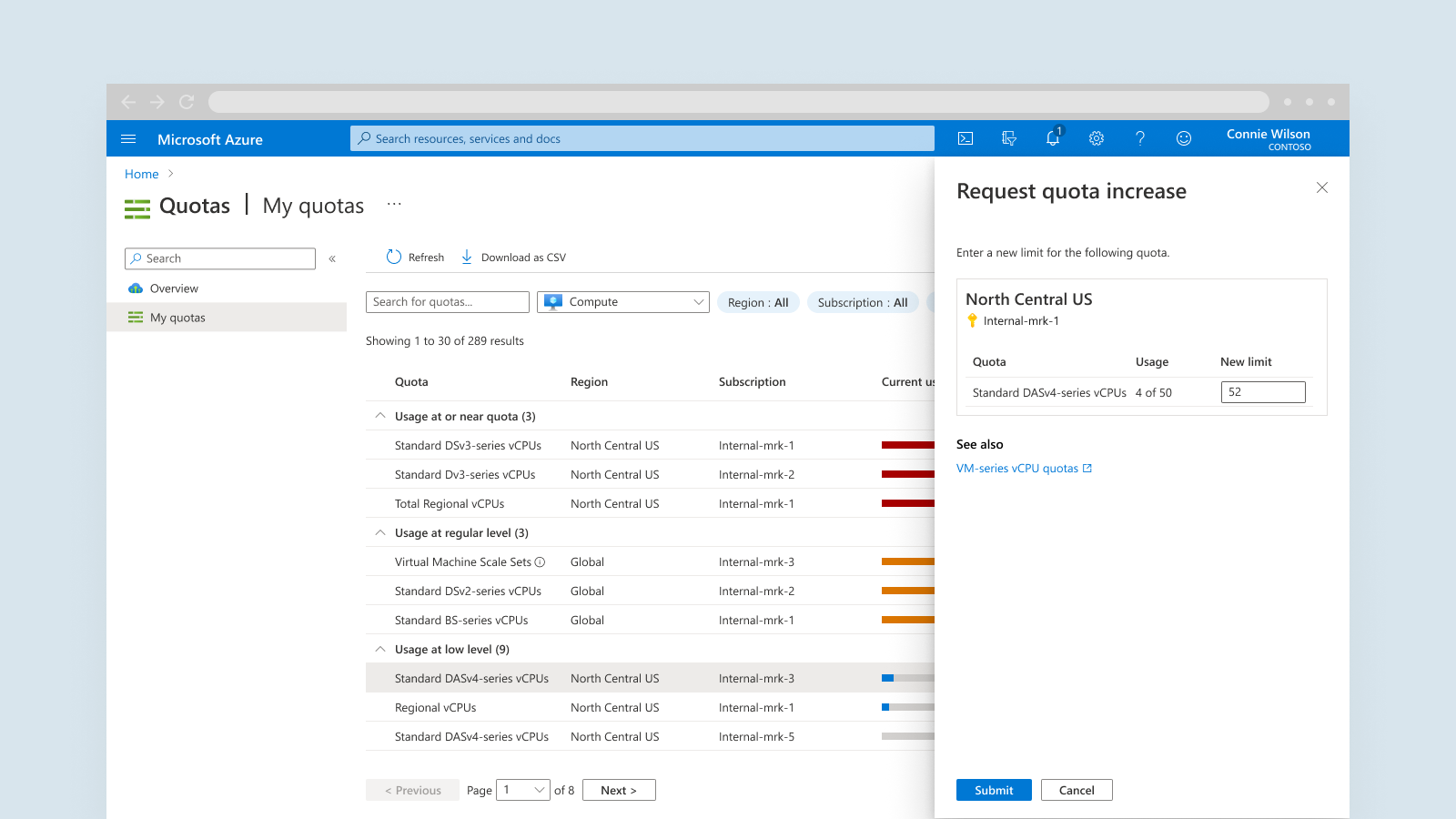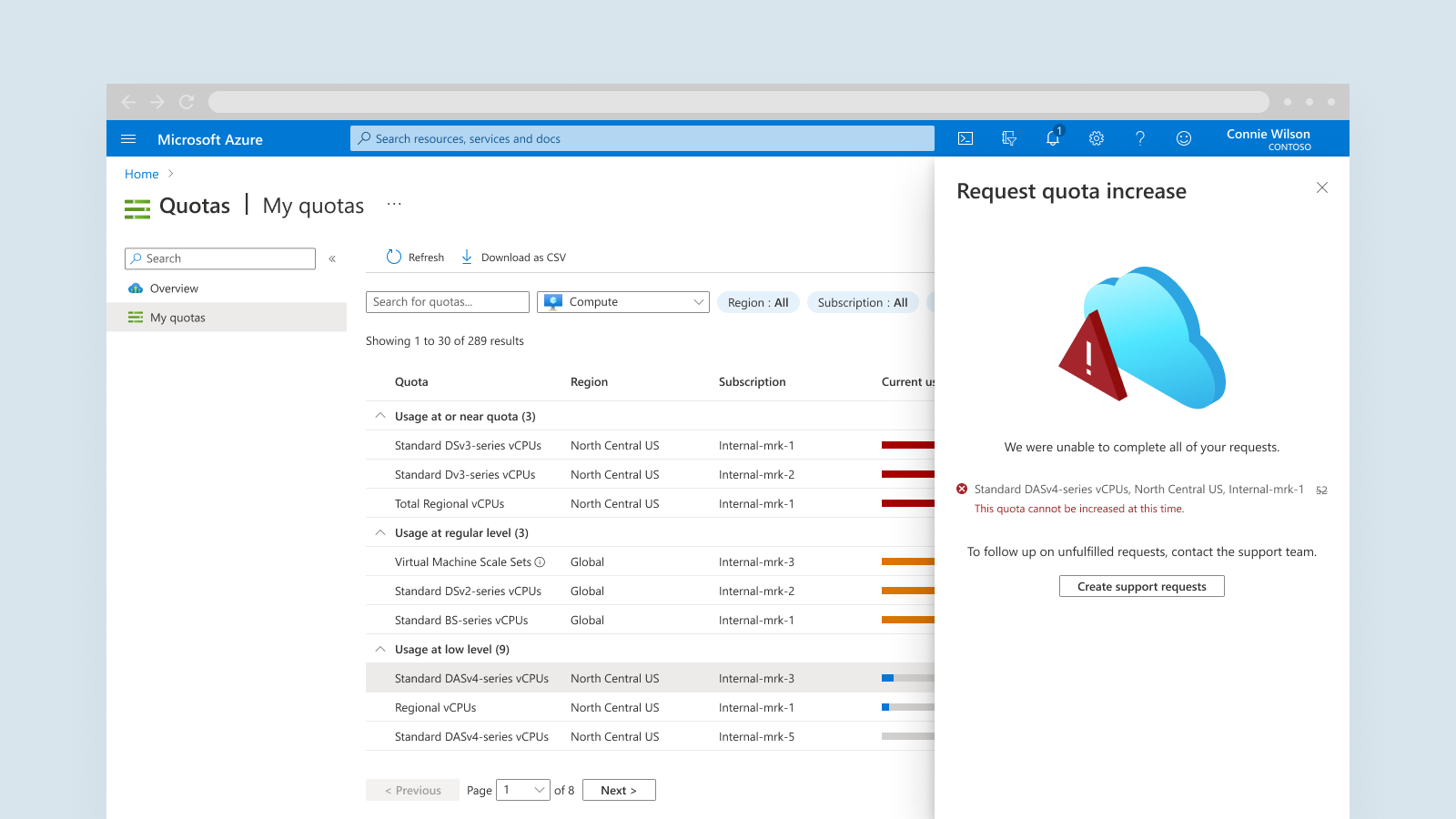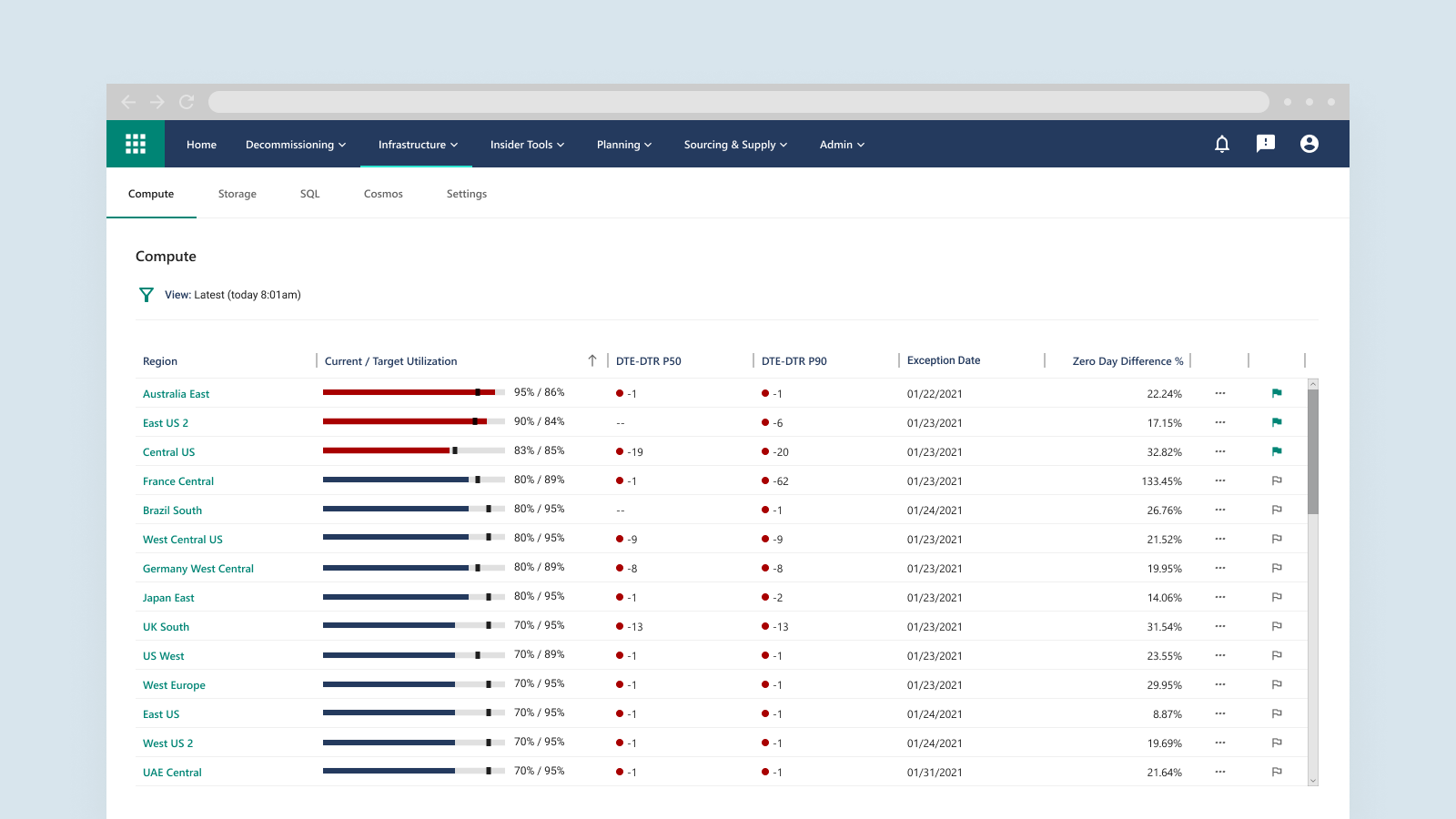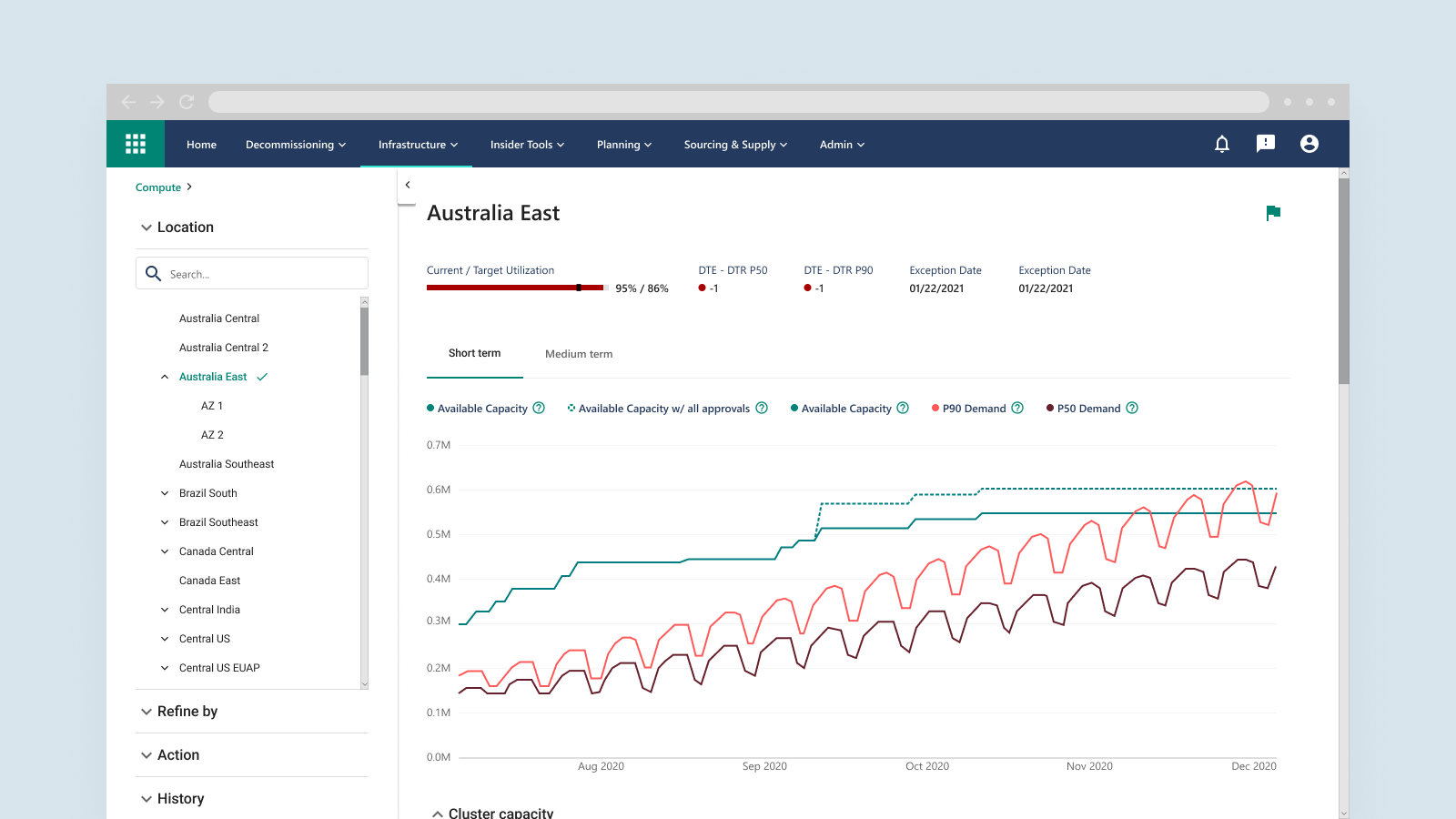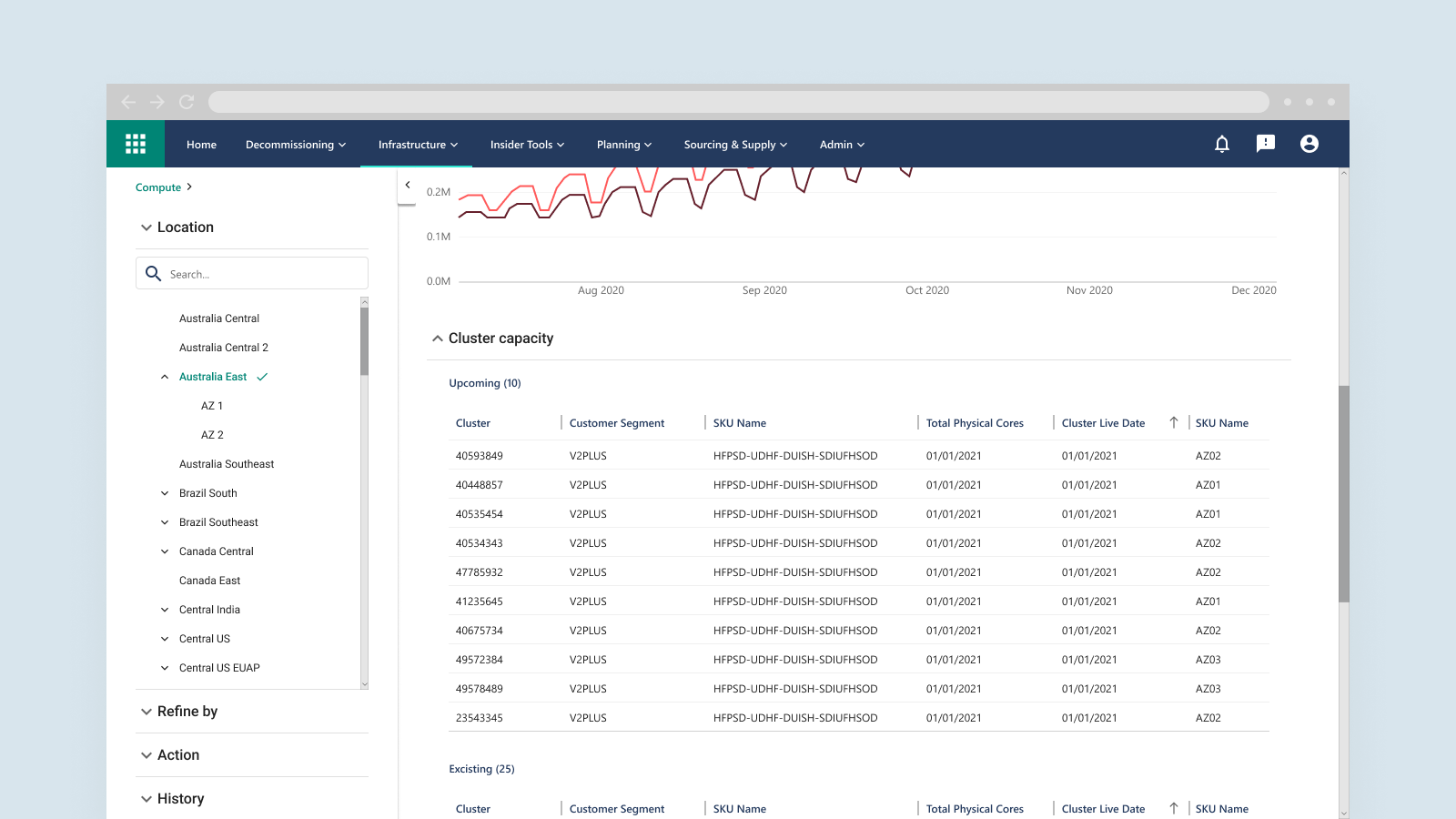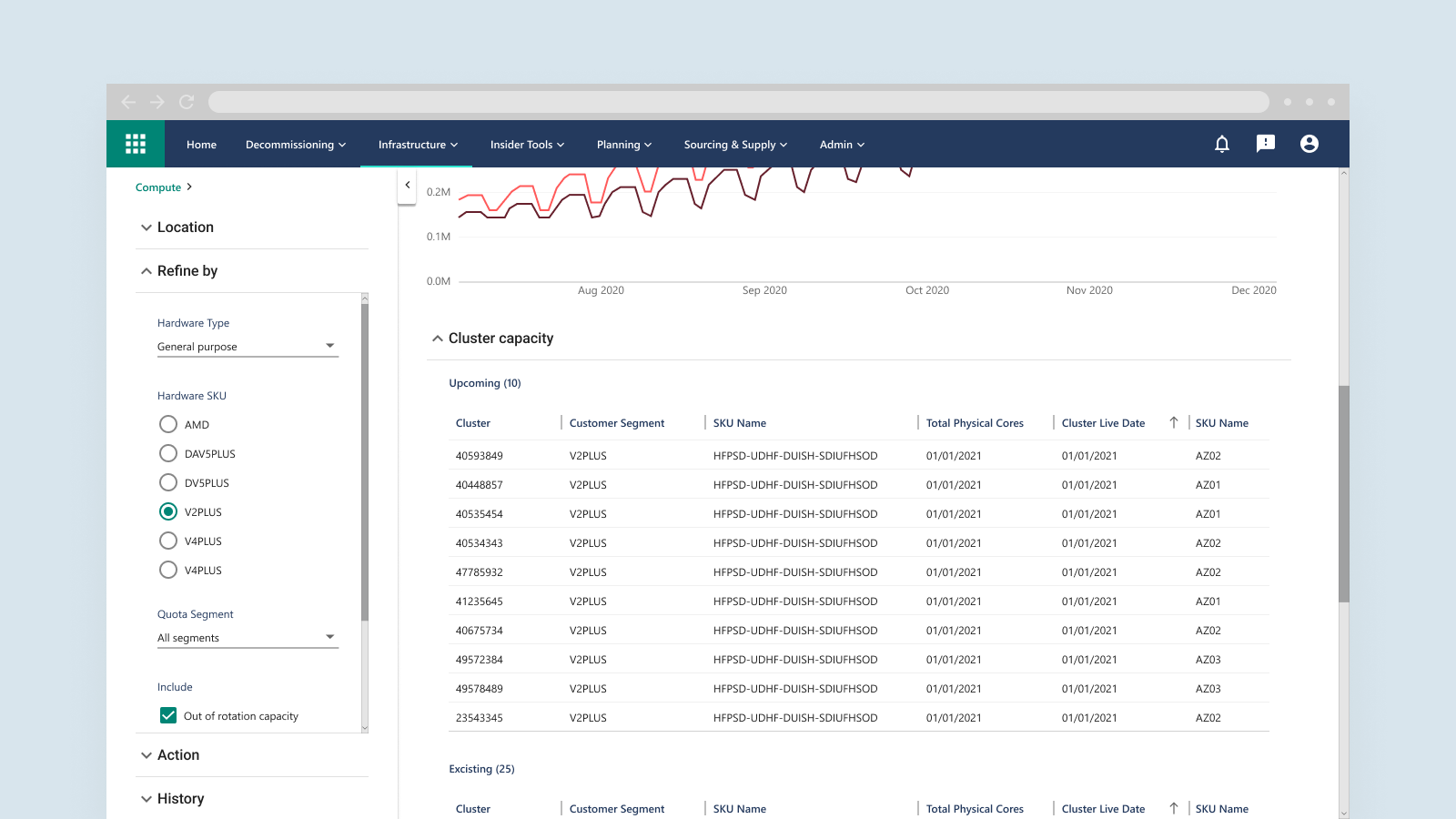I’ve been on a mission to design user experience for Microsoft cloud infrastructure for the last 6 years. Starting as the sole designer / user researcher and now growing into a UX team, the goal has always been to connect Microsoft cloud workforce with needs of Microsoft cloud customers. Over time, I was able to help shape enterprise products and internal services to react to, anticipate, collaborate with, and orchestrate customer needs.
Experience improvement
For example, one of my most recent project is to redesign quota experience for Azure customers. While quotas allow cloud providers to gain as much adoption as possible without having to over provision cloud resources, most customers see this as a pain, especially when they run into a quota limit. Previously with Microsoft, customers had to work with support to increase their quotas. From surveys and analytics, I found that customers were struggling with discovering quotas and increasing quotas via support.
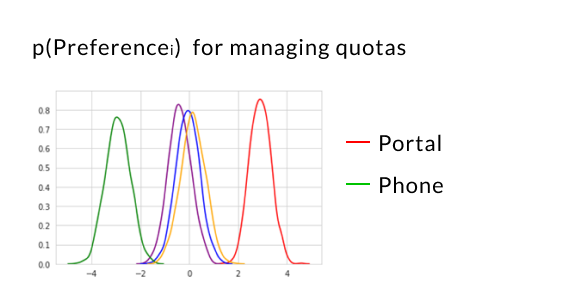
That’s why I proposed a design solution where customers can increase quotas by themselves prior to reaching limits. As soon as a developer or an IT operation is interested in deploying more resources, they are guided to request quota increases by themselves.
For larger projects that span across multiple subscriptions, the governing side of the house can also view and increase quotas for all their future needs. Customers only need to contact support if their requests cannot be fulfilled.
With the help of our talented developers, the new user experience was first launched for compute products and saw a 20% reduction in support volume and a significant increase in customer satisfaction. Subsequent releases further improved customer satisfaction.
Workflow automation
With less support, Microsoft needs a new internal service to review customers’ quota requests and fulfill their capacity needs. This was previously handled by support representatives and capacity managers. From user interviews and diary studies, I found that there were way too many tools and yet none that allow them to complete their work smartly. They spent way too much time on repetitive and meaningless tool switching.
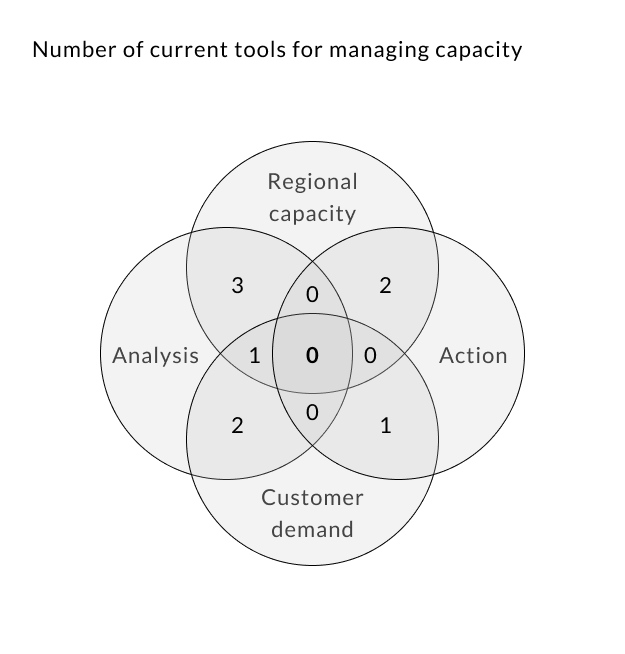
My design focused on allowing capacity managers to finish their workflow without tool switching. With the introduction of an automated system, capacity managers’ new tasks become setting up automation, and reviewing any exceptions that’ll require manual intervention. They can view all the reports that allow them to make the right decision throughout these tasks and feel confident in their decision making.
The resulting internal services and user interfaces were launched for each product category and saw an increase in customer capacity fulfillment & reliability with each launch.
There were many other examples of how human-centered design has been crucial for us to modernize cloud infrastructure. Discovering, defining, designing, evaluating, and building experiences and services based on user needs always drive revenue.
